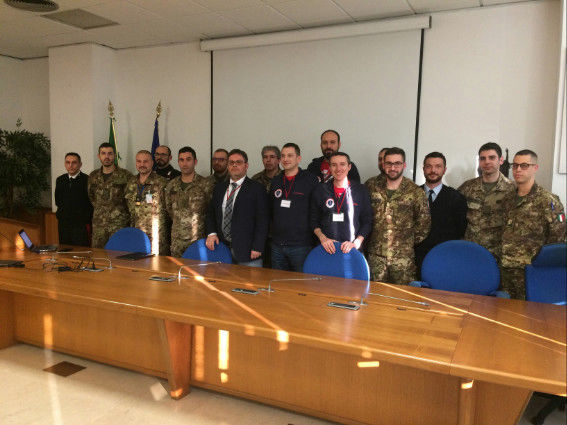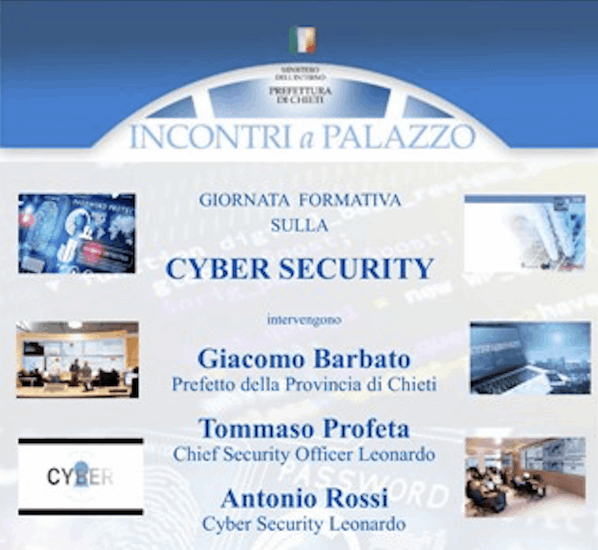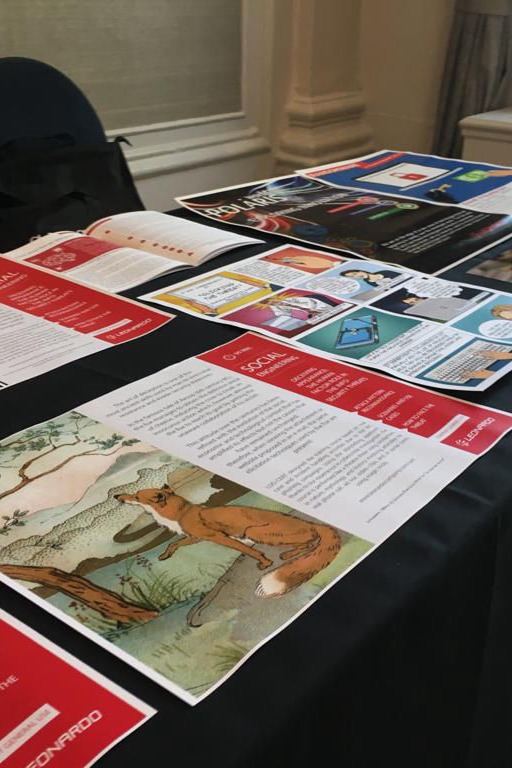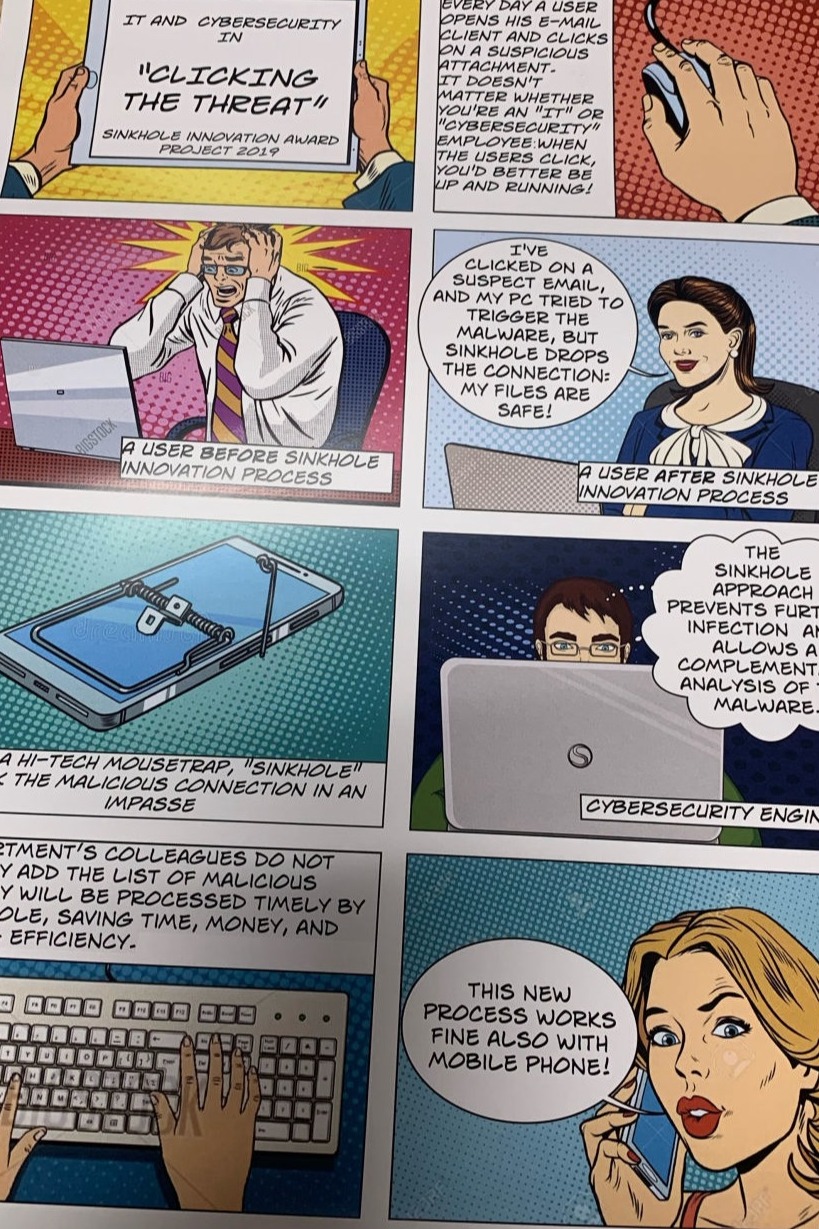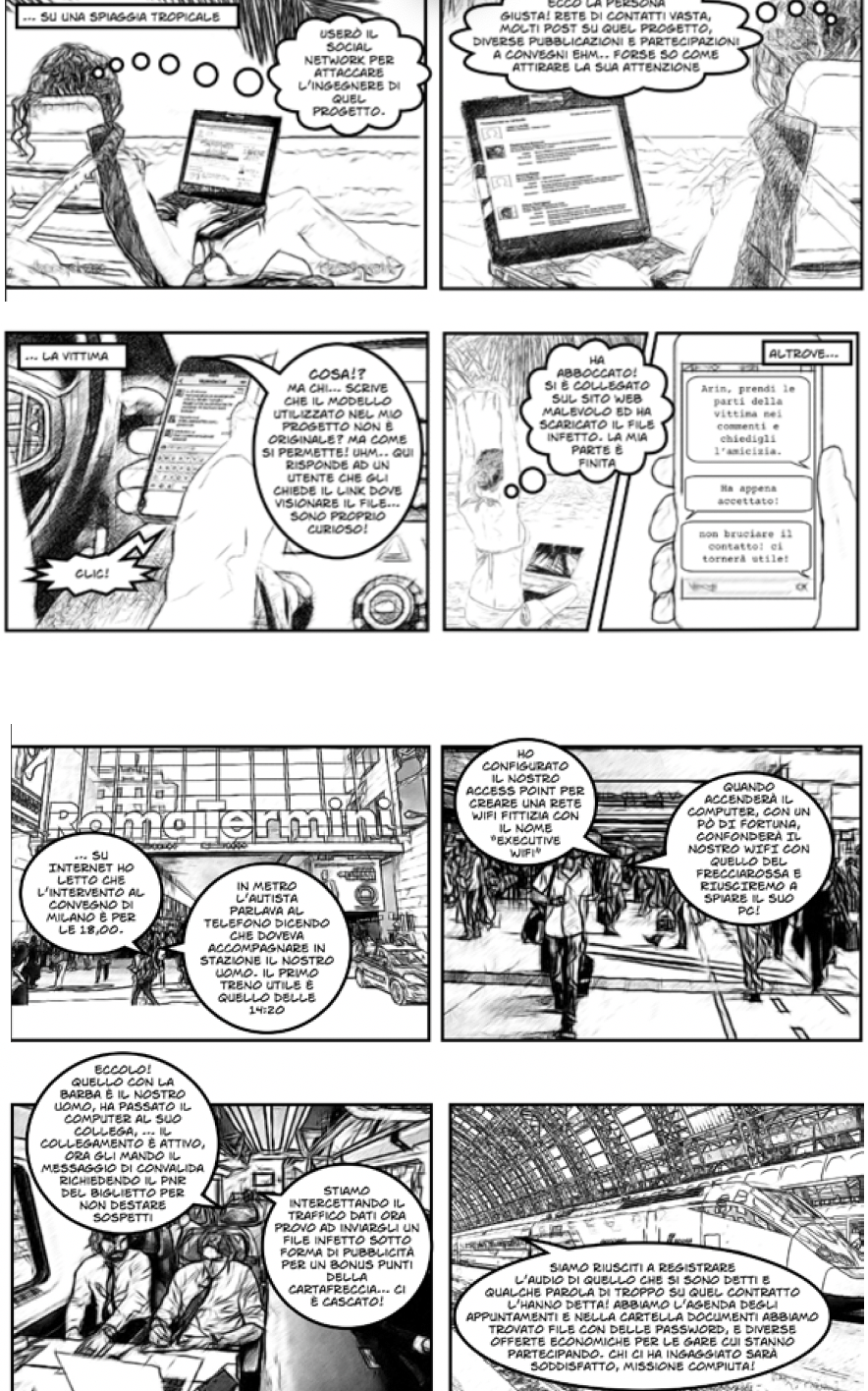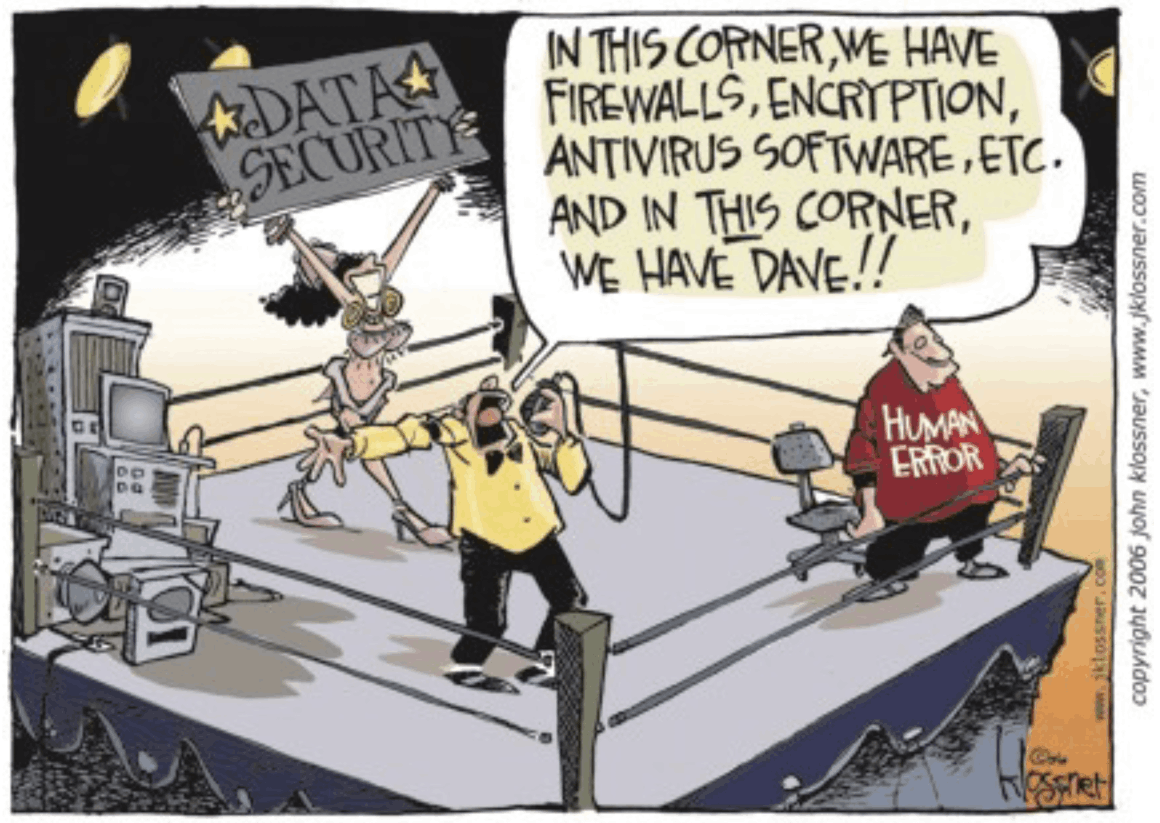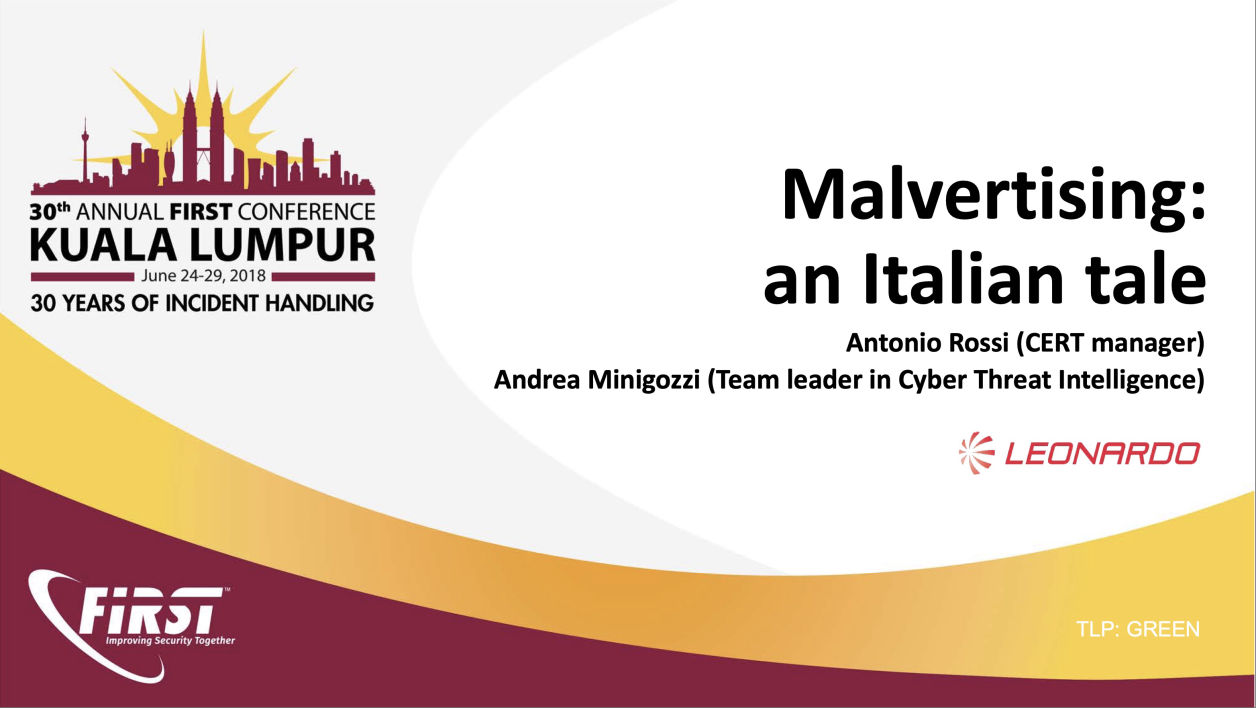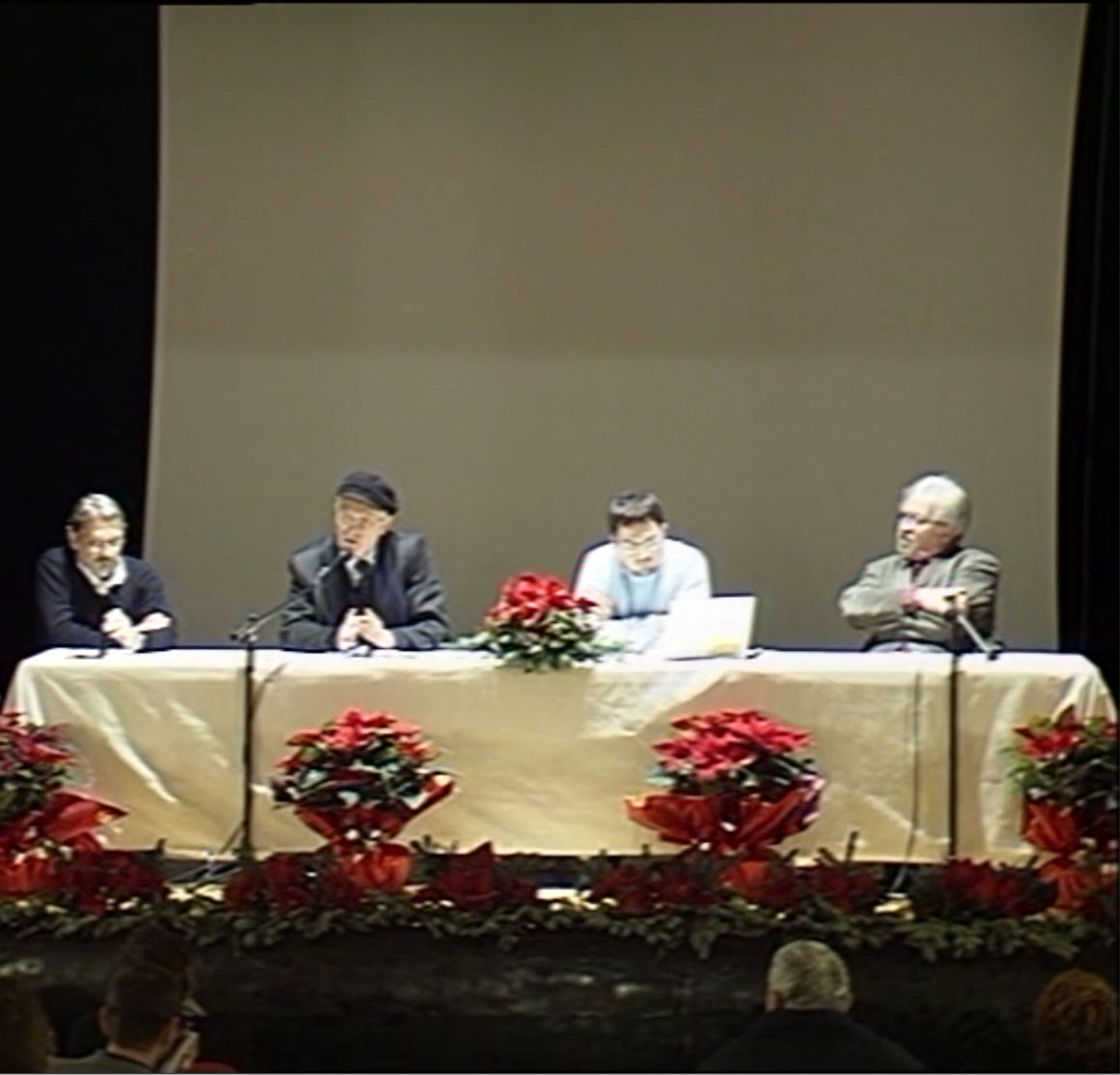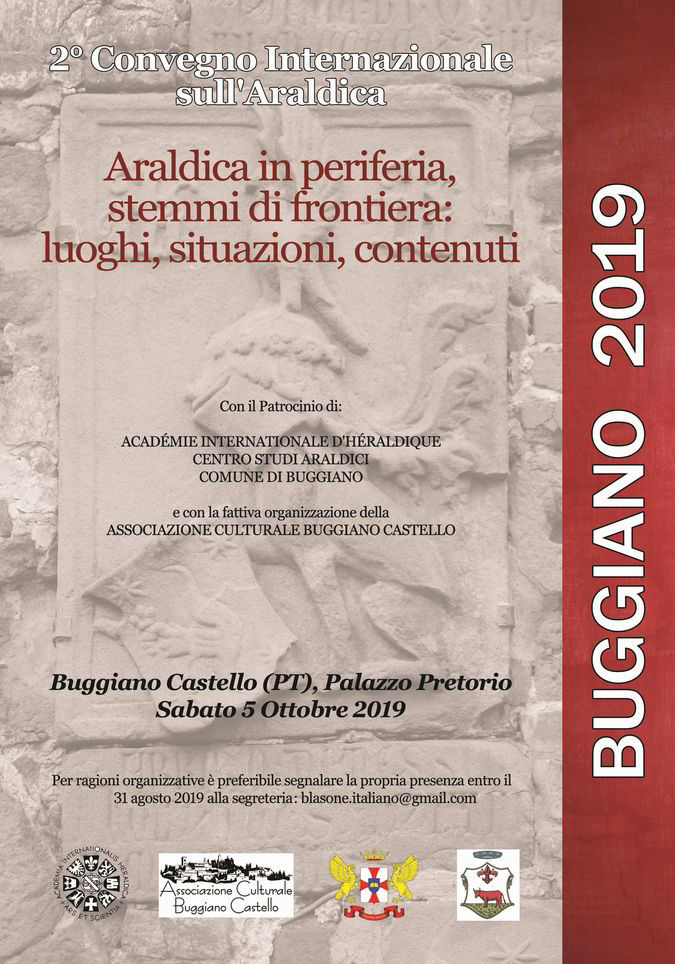
2 INTERNATIONAL CONFERENCE ABOUT CIVIC HERALDRY
I joined the call for papers for the second international conference on heraldry entitled "Heraldry in the suburbs, border coats of arms: places, situations, contents". My speech develops through two dimensions: time and space, thus capturing the relationship of cause and effect that first determined the original composition of the heraldic coats of arms in the founding cities of the province of Latina, and then the transformation has undergone by the three guidelines according to the theme of the conference: places, situations, and contents. First of all, I have illustrated the place before and after the reclaim where at the beginning of the last century was founded 4 towns and one new province in the south of Rome. Then the first symbolism adopted for these new towns in their coat of arms during the fascist regime and how it was changed after the fall of the regime and the proclamation of the Italian Republic. I provided some details about the methodology and the new approach used to illustrate, tell and speak about this particular and peripherical heraldry system.
For more details about my speech, keynote, and video about this event please refer to my Academia.edu profile page.
